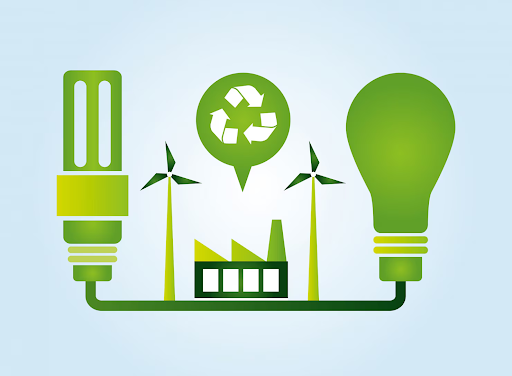Transitioning to renewable energy is no longer simply a choice but a necessity for Texans. The state’s reliance on traditional energy sources, primarily fossil fuels, has significant environmental and economic implications.
Analysis of energy costs from 2021 to 2024 shows a significant increase from 9.14 cents to 14.31 cents per kilowatt-hour, underscoring the urgent need for a shift to renewable energy. This transition promises environmental sustainability and economic benefits. Despite initial investments, residents can benefit from more stable and potentially lower energy costs, energy independence, job creation, and long-term savings.
For Texans, moving towards green energy means a healthier environment, a more stable economy, and a resilient future.
Energy Plan Options
Understanding the types of energy plans available is the first step in navigating the green energy landscape. Texans can typically choose from fixed-rate, variable-rate, and renewable plans.
Fixed-rate plans allow you to secure a consistent rate for the entire duration of your contract. While your electric bill will vary based on usage, the rate you pay per kilowatt-hour (kWh) of electricity remains the same. This provides predictability in energy costs, which is beneficial for budgeting.
Variable-rate plans have costs that fluctuate based on the energy market. The price per kWh will rise or fall depending on supply and demand. These plans are often month-to-month, offering flexibility but come with higher rates during peak demand periods.
For instance, some customers faced exorbitant bills during Texas’ winter storm in February 2021. Based on reports, at least one bill exceeded $16,700 due to skyrocketing market prices.
Renewable plans use clean energy sources such as solar and wind. These plans support environmental sustainability by reducing reliance on fossil fuels. Although they may have slightly higher initial costs, the long-term benefits outweigh these expenses.
Evaluate Providers
When choosing an energy provider, research thoroughly. Comparing rates, reading customer reviews, and assessing the quality of customer service can ensure a reliable and satisfactory energy experience. Transparency in billing practices is also crucial to avoid unexpected charges.
Texas boasts a robust renewable energy sector, with more than 600 solar companies. The state is also actively working on 239 wind-related projects and more than 15,300 wind turbines. Given this, there’s no shortage of options for green energy providers in the state.
Those committed to green energy should identify providers that offer genuine renewable energy options. Rhythm Energy is a prime example of a provider offering 100 percent renewable energy plans tailored for the Texas market. Their affordable pricing and rewards programs illustrate the advantages of selecting a renewable energy plan.
Benefits of Renewable Energy
Renewable energy affords several benefits. Here are some of them:
Environmental impact
Renewable energy sources significantly reduce carbon emissions, mitigating the effects of climate change. Unlike fossil fuels, these clean energy alternatives do not produce greenhouse gases during electricity generation.
This helps to preserve our atmosphere and slow global warming. Renewable energy conserves natural resources. For example, solar and wind power rely on abundant sunlight and wind, reducing the depletion of finite resources like natural gas.
Health and well-being
Clean energy from renewable sources has a profound impact on public health. Traditional coal and natural gas plants emit pollutants contributing to respiratory issues, heart disease, neurological damage, and cancer. In contrast, wind, solar, and hydroelectric systems produce electricity without releasing harmful elements into the air. The shift to renewable energy has already yielded significant health benefits.
The expansion of renewable energy prevented 12,700 premature deaths and saved up to $220 billion through improved air quality. These improvements resulted in lower healthcare costs and fewer sick days, highlighting the substantial health benefits of renewable energy.
Financial savings
Renewable energy benefits the environment and public health and offers significant financial savings. Households and businesses can reduce energy bills by adopting energy-efficient initiatives and investing in renewable energy systems.
For instance, solar panels can lower electricity costs by generating power on-site, reducing dependence on the grid.
Over time, the upfront investment in renewable energy infrastructure can pay off through decreased energy expenses. The growth of the renewable energy sector generates jobs and reduces energy insecurity, contributing to a more resilient and sustainable economy.
Making the Transition
Transitioning to renewable energy is a proactive step toward a sustainable future. Texans are encouraged to explore renewable energy options, considering the environmental and health benefits alongside potential financial savings. Residents can help foster a cleaner, healthier, and more sustainable Texas by choosing green energy plans and supporting renewable energy providers.
The shift to green energy in Texas is an opportunity and a responsibility. With the state’s abundant renewable resources and sustainable options, Texans are well-equipped to lead the charge toward a greener future. By making informed choices, we all have a role in preserving our environment and improving public health for generations.



































